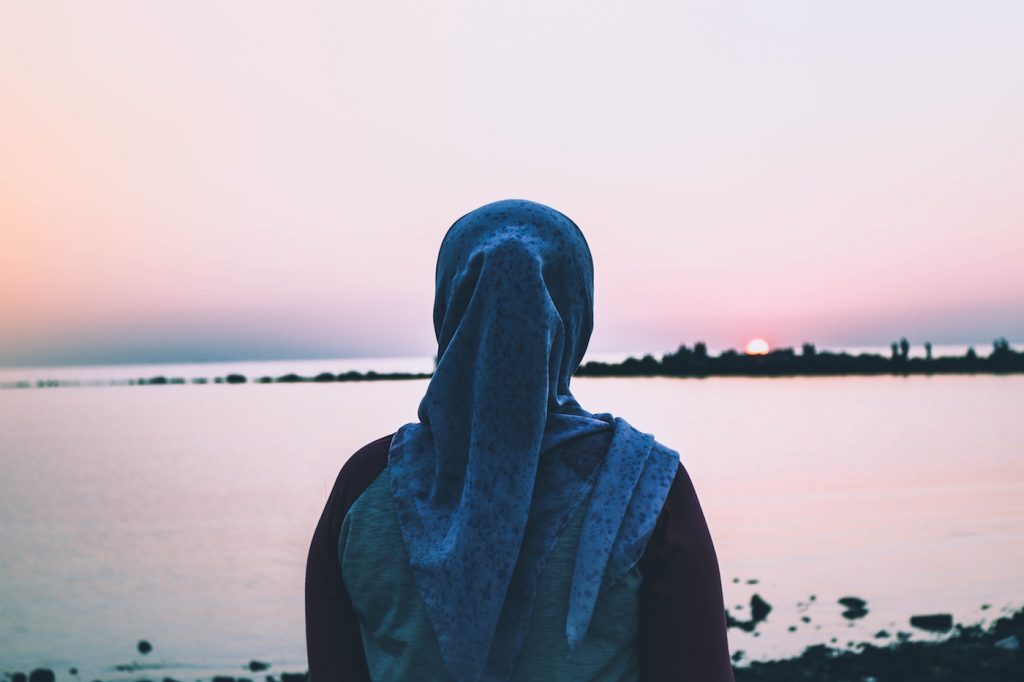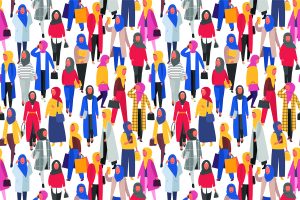
© Shutterstock
Unrestricted and unbridled, you have the liberty,
Until you deviate from the established norm,
A deviation they steadfastly refuse to agree
The influence of western media has become widespread, shaping people’s perceptions, attitudes and behaviours across diverse cultures. From Hollywood blockbusters to streaming platforms and social media, the reach of western media extends far beyond the geographical boundaries, leaving a profound imprint on societies worldwide.
In a world where perceptions shape reality, the portrayal of Muslim women in the western media often falls short of capturing their diverse experiences and agency. As we celebrate international women’s day, it is crucial to address the misconceptions and biases that perpetuate an incomplete narrative undermining the empowerment and resilience of women who choose to adorn themselves in Hijab as their religion requires them to.
Let us delve into the conflicting ideologies portrayed by the media because all their efforts are concerted to highlight the perceived oppression of Muslim women through their Hijab But they conveniently overlook the complex challenges this one sided narrative creates for Hijab-wearing women in the Western public sphere. The mainstream media’s narrative surrounding the oppression of Muslim women often unfolds in a manner that inadvertently stigmatizes the Hijab as a symbol of subjugation.
The Hijab that is, in reality, a symbol of decency, obedience to Allah and protection for Muslim women is used synonymously as a tool of oppression. This is achieved through a narrow focus on the oppressive conditions faced by women in societies governed by radical hardliners, thereby perpetuating the stereotype of Hijab-wearing women as weak, uneducated, and powerless. In a society that fights against the judgment of women based on their clothing, a society that celebrates women and gives them the right to choose to do what they deem right for themselves, Muslim women yet again find themselves in a situation where they are judged based on their choice of attire.
The consistent portrayal of Hijab-wearing women in this manner has led to a biased perception among Western audiences. This deflects public attention from the underlying issues that truly merit consideration – namely, ingrained traditions, cultural influences, and the self-serving nature of those who claim custodianship over faith. These critical factors often remain overshadowed by the overarching label of Hijab as an oppressive symbol.
Consequentially, this imposes a question mark on Muslim women in the society compelling them to carry the weight of societal judgments throughout their lives. Though Hijab is a symbol of empowerment, worship and identity to them, the pervasive societal bias limits their ability to self-actualize in various field of social sphere.
The pertinent questions arise: why should the choice of a woman’s attire be subject to external opinions? Why does society persist in the ingrained practice of victim-blaming, wherein the spotlight inevitably falls on a woman’s sartorial decisions that she takes based on her faith? Even in the purportedly “liberal world,” why is a woman’s autonomy in danger of being undermined by the arbitrarily proclaimed notions of freedom?
As we reflect on the narratives perpetuated by the western media regarding Muslim women, it becomes evident that there is a pressing need for more nuanced and accurate representations. By acknowledging the intricacies involved we take a step towards dismantling stereotypes and fostering a more inclusive and understanding society. On this international women’s day, let us commit to being more open minded towards all women including those who wear Hijab and strive towards a world where every women’s choice is respected and honoured.
About the author: Alia Huda Saqib is a level 300 student in University of Cape Coast studying Bsc.Physics.




Add Comment